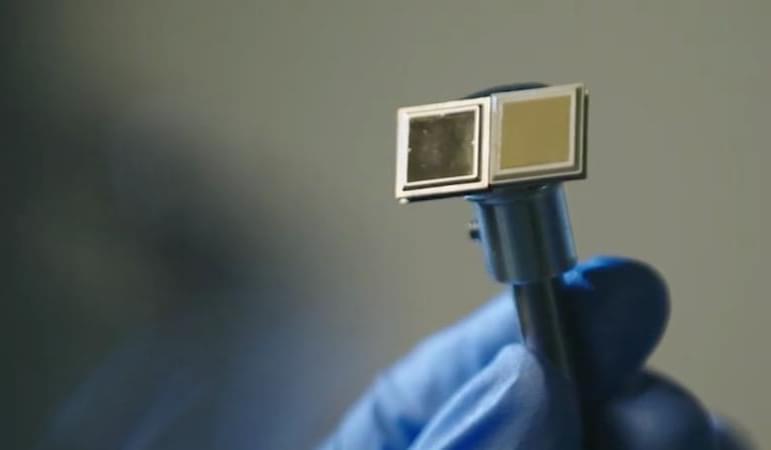Scaling up to excellence: practicing model scaling for photo-realistic image restoration in the wild.
Join the discussion on this paper page.


Pimax creates the world’s first ultra-high-definition VR headset with twice the pixel count of PlayStation VR2. Find out the interesting details here.






You’ll get all of the video & audio recordings (so you can listen and watch whenever you want), as well as the transcripts and learning tools.
4.25 CE/CME Credits or Clock Hours are available for purchase at checkout.
